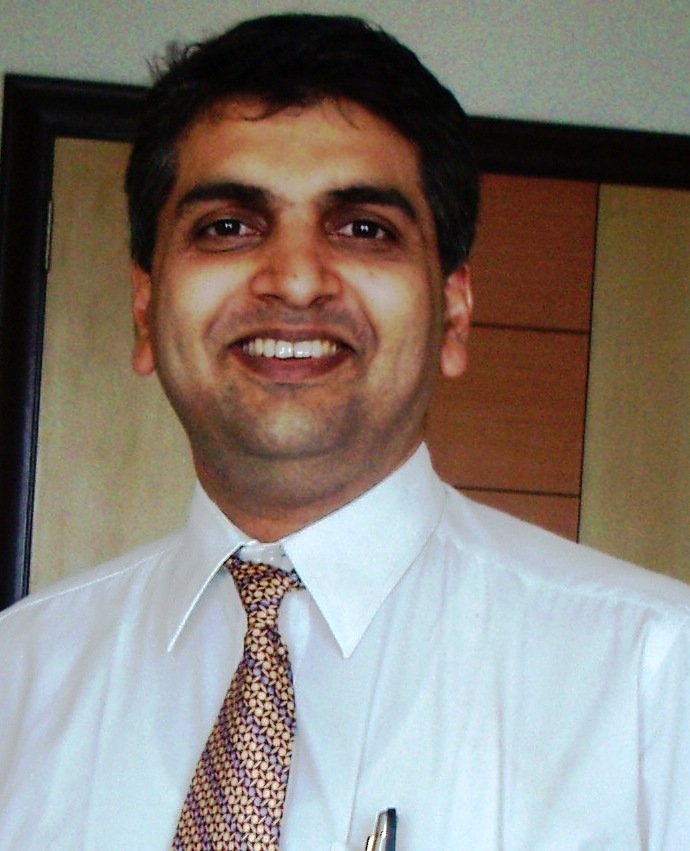By Dr. Arvind Kulkarni, Head – Mumbai Spine Scoliosis and Disc Replacement Centre/ Bombay Hospital
Osteoporosis remains the most prominent factor for the onset of bone weakness and thereby causing spinal fractures and deformities with aging, it is important to ensure a healthy lifestyle at least from the age of 20 years. Even with the availability of a plethora of treatment modules, fractured vertebrae result in severe back pain, loss of height, or spinal deformities such as kyphosis (stooped posture), depleting the quality of life among the geriatric population.
With recent technological advancements made in the field of diagnosis, Dr. Arvind Kulkarni, in a recently concluded study stated that Quantitative Computer Tomography (Q-CT) is a better alternative and should replace the existing Dual X-ray Absorptiometry (DXA) as the Gold Standard for detecting spinal osteoporosis. The results were also published in a comparative study, in the Journal Spine by Dr. Arvind Kulkarni, Bombay Hospital and Medical Research Centre, Mumbai, India
The study indicated that Q-CT provides a more precise estimation of cancellous bone mineral density than DXA. With the reliance on DXA for spinal bone mineral density (BMD) estimation being questionable, new standards have to be established for spinal osteoporosis evaluation. With new advancements, there is a dire need for reconsidering osteoporosis evaluation with a site-specific and patient-specific inclination.
The study included postmenopausal women that underwent BMD evaluation from January 2018 to December 2020 with either Q-CT or DXA. Comparison studies of the distribution of age and T-scores of the bone densities obtained from the two study groups: age-matched, sex-matched, and common skeletal site of interest (L1-4 vertebrae), were performed. Mann–Whitney U test, correlation, and regression analyses were performed and bell curves were plotted.
Of the 718 women evaluated, 447 underwent Q-CT and 271 underwent DXA. There was no significant difference among the age distribution of the two study groups (p>0.05). The mean and mode T-scores obtained by Q-CT and DXA were found to be –2.71, –3.8 and –1.63, –1.7 respectively.
A highly significant difference in the T-scores was observed in the Q-CT and DXA groups (p <0.0001). Among those who were screened by Q-CT, 58.16% were osteoporotic, 37.58% were osteopenic, and 4.25% were normal. The respective percentages in the DXA group were 30.63%, 49.82%, and 19.55%.
We have this huge monumental load of spinal osteoporosis in society, a spin-off of an aging population, that needs to be addressed at various layers of presentation, either medically, surgically or both. In fact, the osteoporotic population that presents to our clinics represent the tip of the iceberg. We keep talking about excellence in clinical practice but still pursue with Dexa scan to detect spinal osteoporosis in spite of knowing that it is a faulty investigation, for reasons highlighted in our research paper.
While spinal fractures are the most common fractures caused due to osteoporosis, the long-term consequences can be devastating with acute and chronic debilitating pain, and changes in the spinal alignment post the fracture has healed. Other comorbidities include significant performance impairment in physical, functional and psychological domains in older women, decreased pulmonary function and increased risk of lung disorder.
Further there is an estimated fivefold risk of development of future spinal fracture after the first one. Thus, a bone density test is preferred especially for post-menopausal women which can predict the risk of future osteoporosis and hip fracture, which not only determined the rate of bone loss but also helpful in monitoring the effect of treatment thereby preventing a fracture before occurring.

